Starting from Shanghai, 2016 Suzhou 2-day self driving tour (Xiyuansi, Shantang Street, Wufengyuan, Canglangting, Keyuan)
After the Loong Boat Festival self driving tour in 2016, we did not travel across provinces for three consecutive months. The summer of 2016 was too hot, and the number of hot days in Shanghai significantly exceeded previous years, even reaching up to 40 degrees Celsius on several days. The Yangtze River Delta and the non coastal areas of East China are generally suffering from scorching heat. Except for parents and students who use summer vacations, most people are probably unwilling to travel under the scorching sun. Moreover, the accommodation costs during summer are often higher than usual. Entering September, the highest temperature gradually drops to around 30 degrees, and the comfort of tourism is relatively good. "Heaven above, Suzhou and Hangzhou below", we chose a short self driving trip to Suzhou, covering a total of 232 kilometers. Suzhou is very close to Shanghai, with a round-trip distance of only over 200 kilometers. I have traveled to Suzhou N times. This time, I visited the newly opened Ke Garden since the National Day in 2015. So far, I have almost walked to the slightly famous classical gardens in Suzhou that have been opened to the public.
September 10, 2016 (Weather in Suzhou: cloudy, 22 to 29 degrees)
At 11:15, depart from my home in Pudong, Shanghai.
At 12:20, arrived at the Jiangqiao toll station on the Shanghai Nanjing Expressway and traveled a total of 29 kilometers.
At 12:35, arrived at the Anting toll station on the Shanghai Nanjing Expressway, driving a total of 48 kilometers, with a toll of 15 yuan on the expressway.
At 12:58, arrived at the Yangcheng Lake service area of the Shanghai Nanjing Expressway, covering a total of 86 kilometers.
At 13:12, arrived at the Suzhou toll station on the Shanghai Nanjing Expressway, driving a total of 99 kilometers, with a toll of 25 yuan on the expressway.

Drive from Baita East Road towards Xizhong City. Suzhou Zoo has relocated from Dongyuan, and the smoothness of this road has improved compared to before.


Stay at Home Inn Suzhou Changmen Shantang Street Branch, standard twin room, with a gold membership of 210 yuan. This store is located in the alleys of Xizhong City, very quiet with ample parking spaces. Walking to Changmen is only over a hundred meters away, and at night you can stroll through Shantang Street to see the night view. There are many shops and restaurants in Xizhong City and the nearby Shilu commercial district. Starting from here, it takes no more than 10 minutes to walk to Yipu, Taibo Temple, and Wufeng Garden.

After collecting tickets in the hotel lobby, you can park your car in the adjacent Suzhou Zhonghua Accounting Correspondence School.

The parking lot inside Suzhou Zhonghua Accounting Correspondence School.

Go to Xiyuan Temple to burn incense. The picture below shows the parking lot of Xiyuan Temple, next to which is a large commercial complex with Decathlon, Yonghui Supermarket, etc.
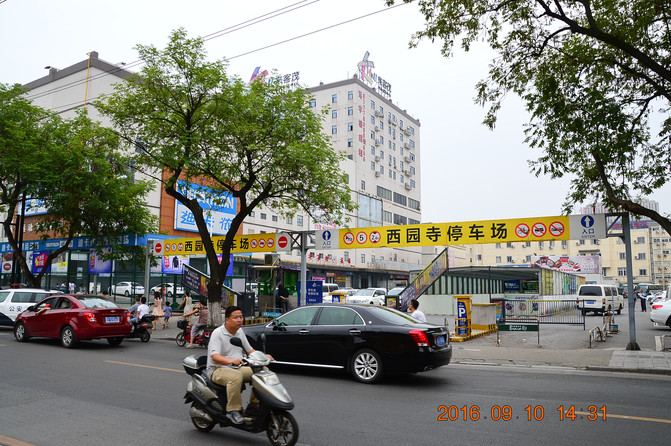
Xiyuan Temple is a national key Buddhist temple in the Han ethnic region, with a ticket of 25 yuan. More than 20 years ago, my classmates and I often took a train from Shanghai early in the morning to Suzhou Xiyuan Temple to burn incense, traveling back and forth between the two places in half a day.




Jiechuanglu Temple is also known as Xiyuan Temple. In 1982, it was announced by the Jiangsu Provincial People's Government as a cultural relic protection unit in Jiangsu Province.


In the ancient temples of Jiangnan, the garden of Xiyuan Temple in Suzhou is large and beautiful.



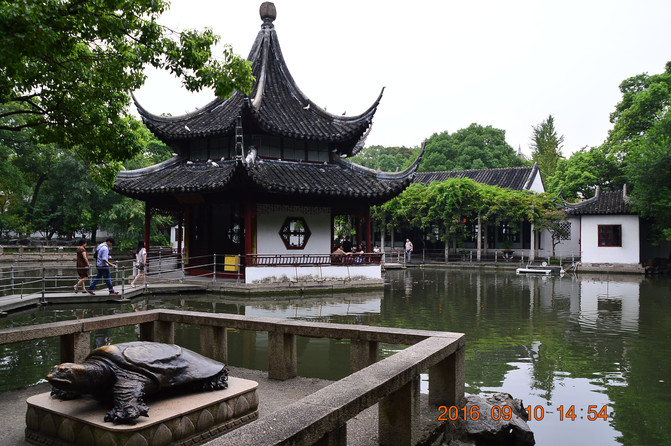

Street view of Guangji South Road. There are occasional traffic jams in the old city area of Suzhou, but it is not as severe as in Hangzhou.

Xizhong City has been the main commercial street within Changmen since the Ming Dynasty. Currently, most of the residential buildings along the street retain the architectural style of the Republic of China era. The Leiyunshang Songfen Hall building shown in the picture below is a cultural relic protection unit in Suzhou City.

The Changmen not far away.



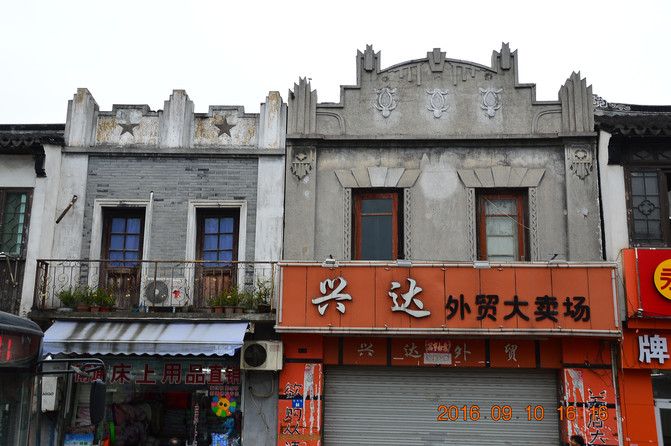




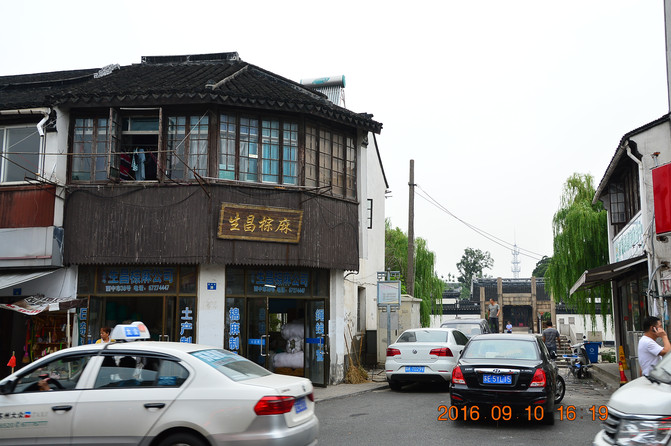
My familiarity with Xizhong City stems from this Zhu Hongxing store. Stir fried eel noodles are my favorite Suzhou cuisine.

The price is affordable, and the freshly fried and topped eel noodle is only 16 yuan. The amount of noodles is sufficient.














Night view of Changmen.
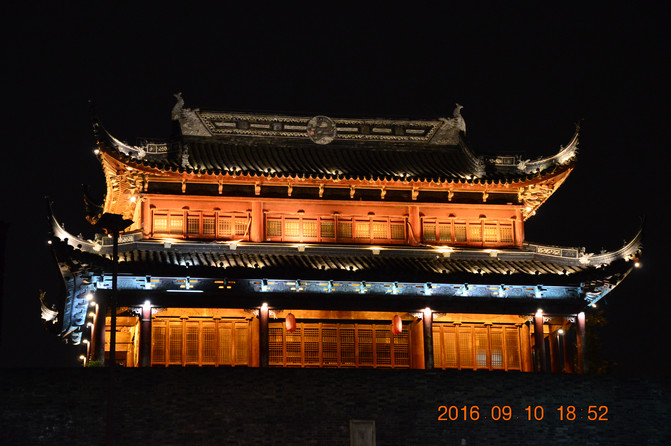



To the west from Changmen is the bustling Shantang Street.

















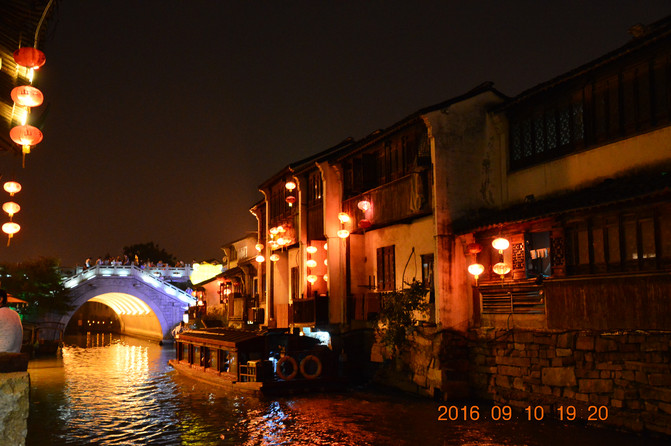





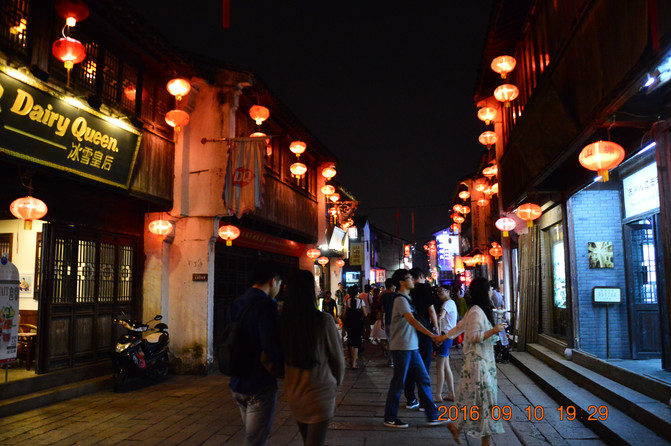







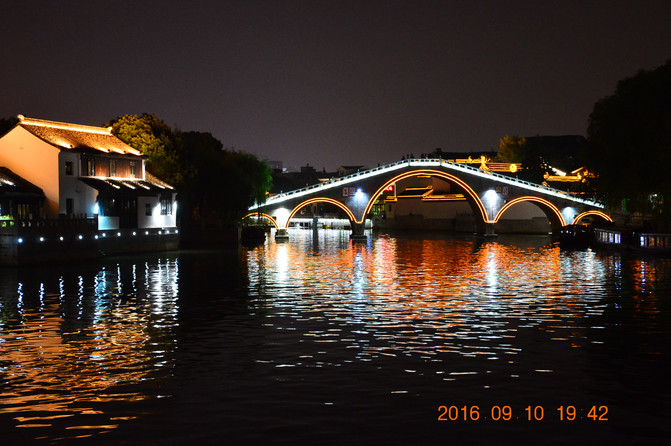
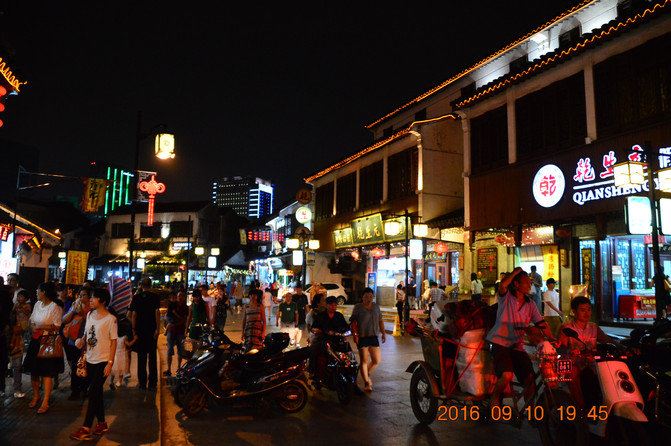

September 11, 2016 (Weather in Suzhou: light rain, 22 to 27 degrees)
The weather forecast was a joke, changing from cloudy to light rain. Heading north from Zhu Hongxing's store in Xizhong City, passing through Taibo Temple, it's not far from Wufeng Garden.

Wufeng Garden was first built during the Jiajing period of the Ming Dynasty and was declared a cultural relic protection unit in Jiangsu Province in 2002. The garden is not big. It used to be the cheapest the Classical Gardens of Suzhou in Jiangsu Province with free tickets.

Five stone peaks in the Taihu Lake Lake stand in the garden, two zhang high, very wrinkled, thin and exquisite. They stand in the middle of Gaofu, similar to the old man, also known as Wulao Peak. They are respectively "Zhangren Peak", "Guanyin Peak", "Sanlao Peak", "Qingyun Peak" and "Qingyun Peak".

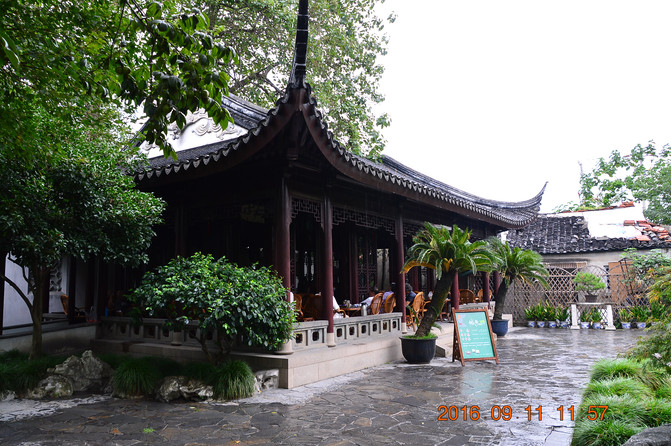
A cute cat.



The Taibo Temple, located in the same alley as Wufeng Garden, is now a cultural relic protection unit in Suzhou City and is open to the public for free. The Suzhou Taibo Temple was built in memory of the eldest son of the ancient Gongfu (King Tai of Zhou), Taibo. Its history can be traced back to the Eastern Han Dynasty, and it is the first temple in the Jiangnan region to worship the founder of Wu's development, Taibo.











Wu Taibo, also known as Taibo, was the first monarch of the state of Wu and the ancestor of Eastern Wu culture. Ji surname, father is Gu Gongdan, the leader of the Zhou tribe. He has three brothers, the eldest, and two younger brothers, Zhong Yong and Ji Li. My father was born in Jili and his son Jichang, but Taibo and Zhongyong avoided it and moved to Jiangdong, where he established the country in Gouwu.







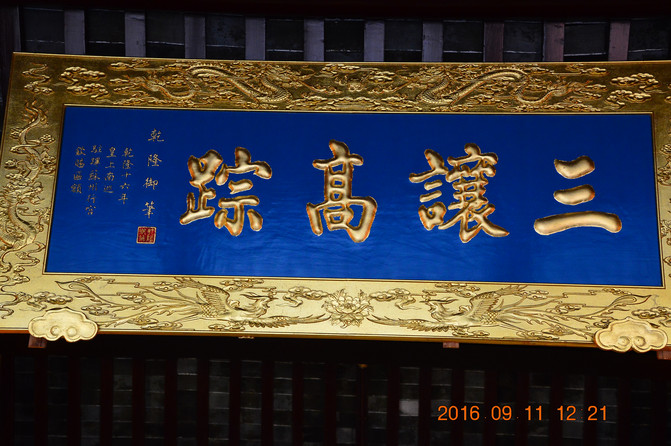
According to the staff, there have been very few tourists to the Temple of Taber.

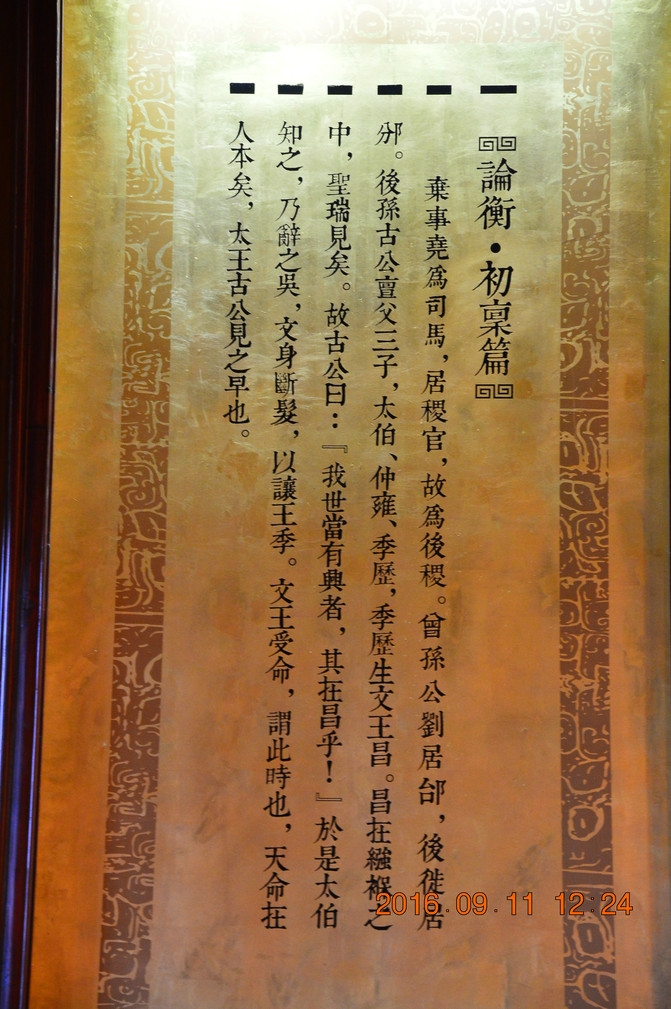





Taibo Temple is located in the historical district of Taohuawu, surrounded by many old streets and houses, but many have been demolished in the north.



"When you come to Gusu, they will all pillow the river."

Passing by the Qili Shantang Scenic Area outside Changmen.
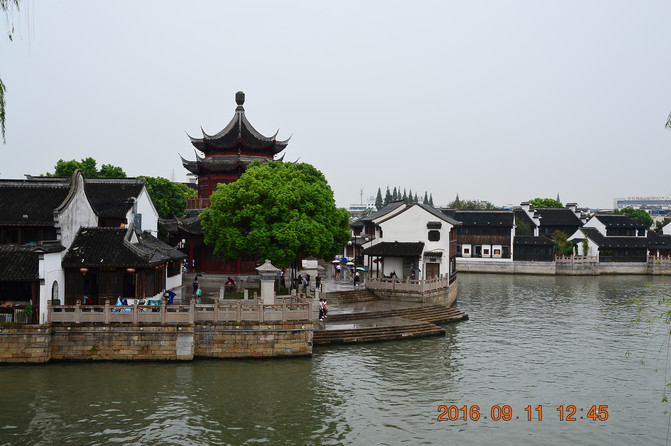
The Zhanyudun at the corner of Xizhong City and Changxu Road has been renovated and built into a cultural park. This is the ringing tower bell at the intersection.

The stone road commercial circle with a hundred years of history. This place is adjacent to Shantang Street and is synonymous with the bustling city outside Changmen, known as the "century old stone road". In 1895, the Treaty of Shimonoseki was signed, and Suzhou and four other cities were designated as trading ports. In order to take the initiative before opening up to Japan, the Governor General of the Two Rivers, Zhang Zhidong, together with Suzhou officials and gentry, Lu Runxiang, and other secret merchants, decided to set up shops in Changmen, Xumen, and Panmen in advance for development. This move was supported by Sheng Xuanhuai. Due to the intersection of water and land in the Shilu area, with a large population, it was able to develop first, resulting in a dense number of merchants and prosperous sales.


The statue of Tiber.

When checking out at the hotel, take a photo of the corner of Changmen from the 3rd floor.
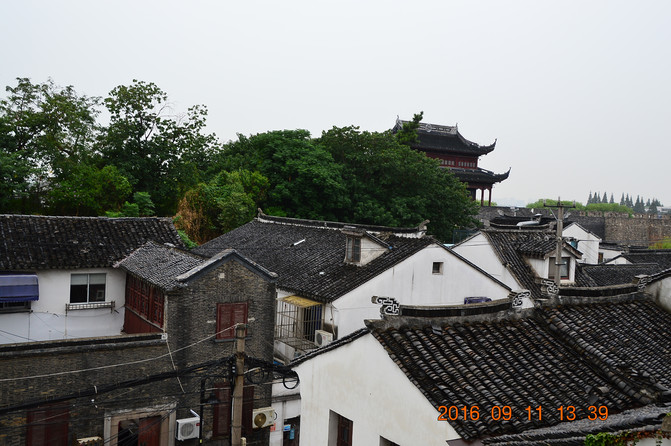
You can visit the Yan Wenliang Memorial Hall on the east side of Canglang Pavilion from inside. This is the former site of Suzhou Art College. In 1922, art educator and oil painter Yan Wenliang founded Suzhou Art College here, and in 1928, the Suzhou Art Museum was established on campus.



Walking in the small alley on the north side of Canglang Pavilion, one can feel the beauty of classical gardens.



Canglang Pavilion, announced by the State Council on December 20, 2006 as the sixth batch of national key cultural relics protection units, belongs to the category of ancient architecture, dating back to the Yuan and Qing dynasties. This is a classical garden building built during the Northern Song Dynasty, which was originally the private garden of the literati Su Shunqin. Canglang Pavilion is separated from Keyuan Alley, door to door, with a combined ticket of 40 yuan during peak season. The following picture was taken from Canglangting Street outside the park. In my opinion, the shooting angle inside the park is not as good as outside.
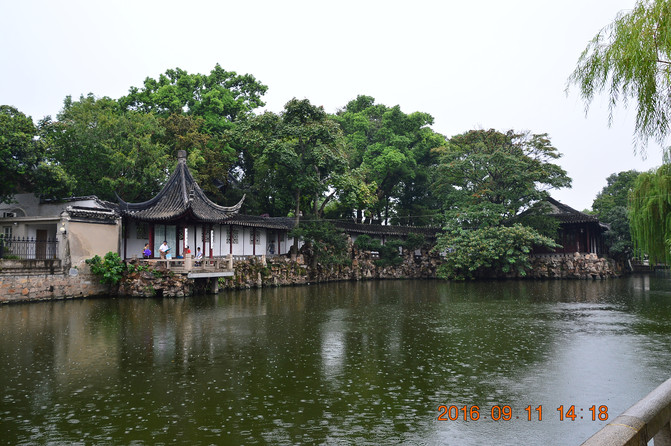

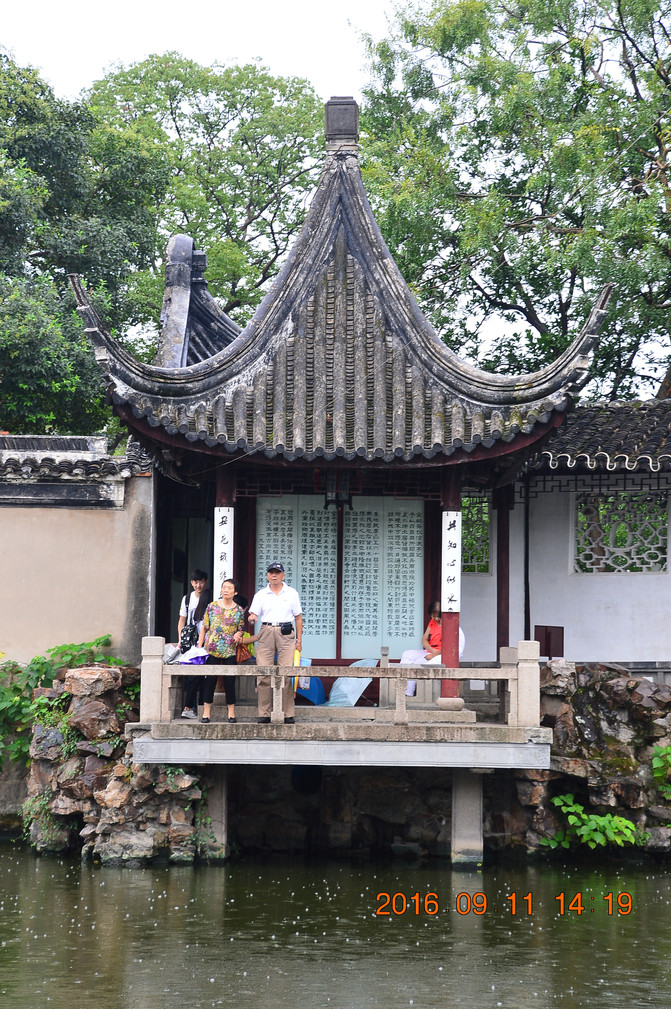



At the entrance of Canglangting Scenic Area.











The pavilion on the rockery in the park is called Canglang Pavilion, with a couplet reading "The clear wind and bright moon are priceless, and both near water and distant mountains have emotions." The first couplet is from Ouyang Xiu's "Canglang Pavilion," which reads "The clear wind and bright moon are priceless, but unfortunately only sold for 40000 yuan."; The second couplet comes from Su Shunqin's "Passing through Suzhou": "Green willows and white egrets are all satisfied, and both near water and far mountains have feelings."“

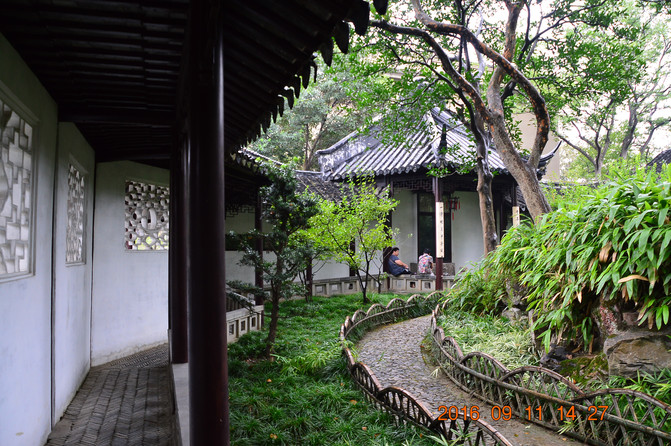



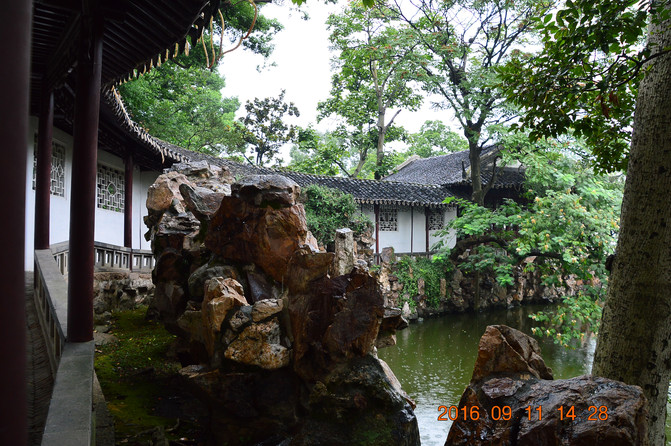




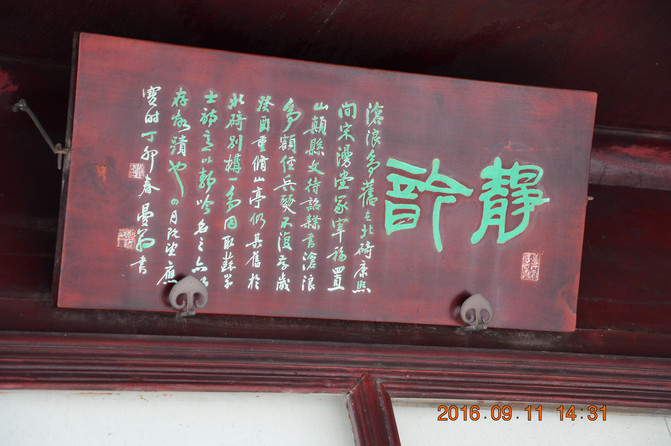

















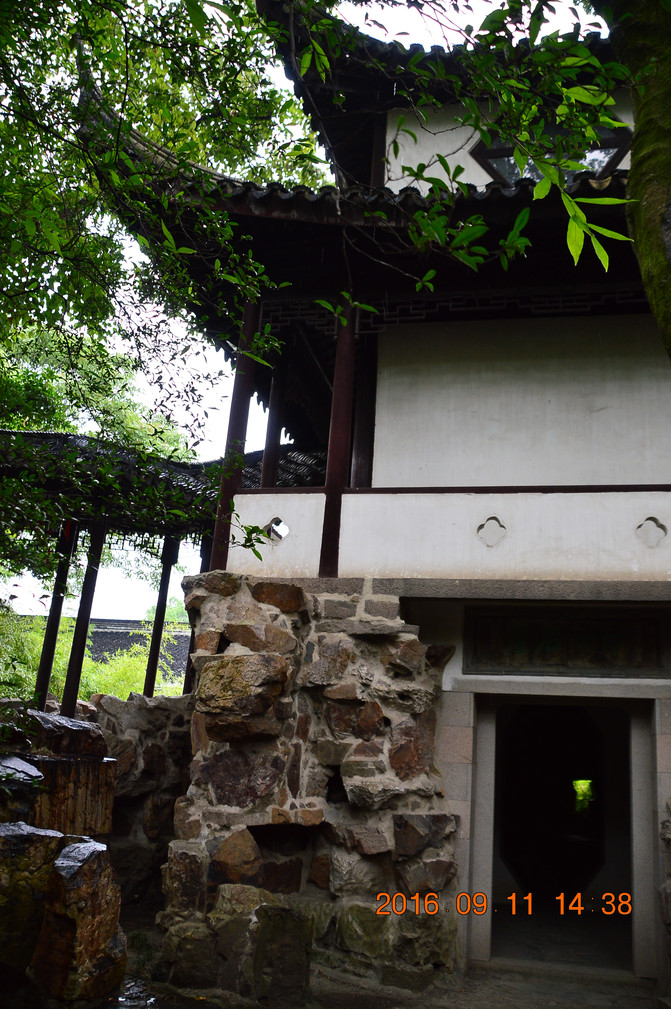


















The opposite door of Canglang Pavilion is Ke Yuan. This garden is the only academy garden in Suzhou and has been open to the public since last year's National Day holiday. Keyuan was first built during the Five Dynasties and Ten Kingdoms period, with a history more than 500 years earlier than the Humble Administrator's Garden. However, from the perspective of visitors, the Ke Yuan looks too new, especially if the paint has just been brushed.
















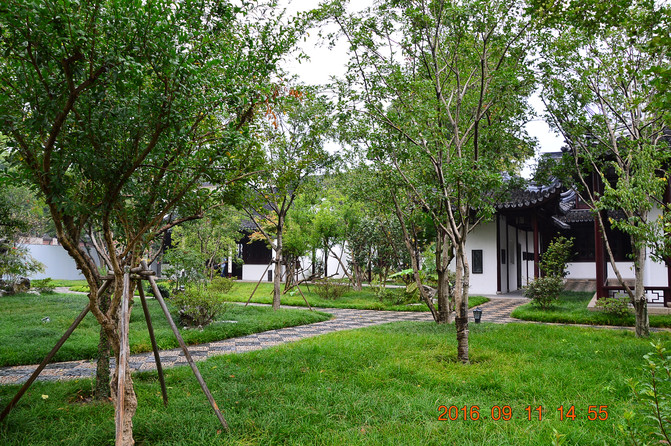





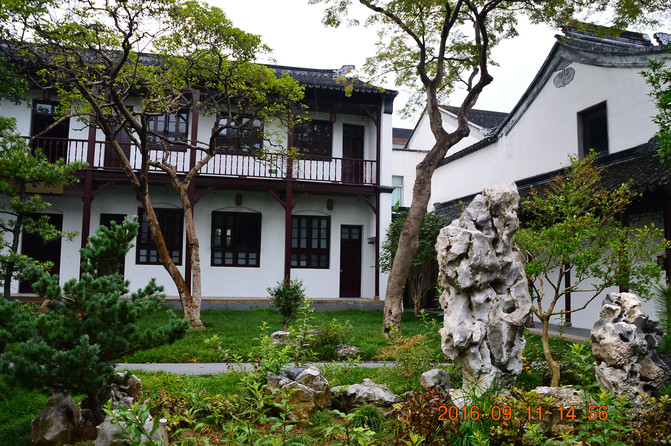


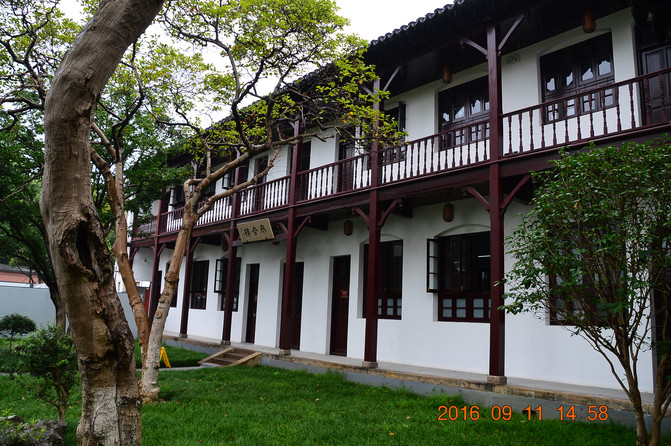








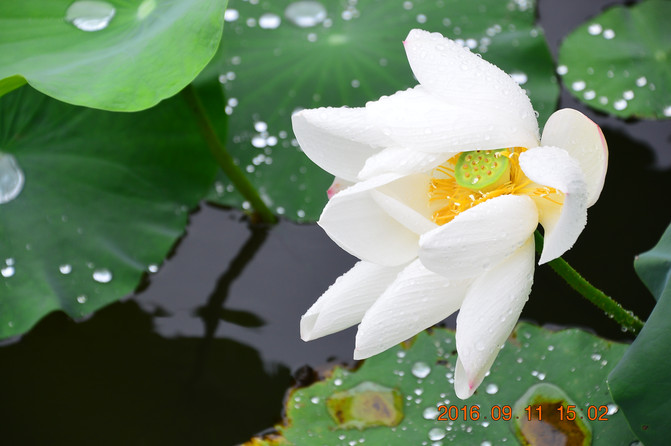











In front of the Canglangting Gate is a small alley where you can park your car at the People's Liberation Army 100th Hospital. You can enter from the Wuqueqiao Road on the east side.

Street view of Nanyuan South Road. Passing Inner Ring East Road ahead is Suzhou Nanmen Bus Terminal. I used to take a long-distance bus from Shanghai to Suzhou, and I got on and off at this station.

At 15:36, arrived at the Suzhou urban station of the Changtai Expressway, with a total driving distance of 125 kilometers.

At 16:13, arrived at the Dianshan Lake toll station on the Shanghai Changzhou Expressway, covering a total of 173 kilometers, with a toll of 20 yuan on the expressway.

Driving near the Jiangqiao toll station on the Shanghai Nanjing Expressway, the traffic flow significantly increased, and then encountered intermittent traffic congestion.

At 16:43, arrived at the Jiangqiao toll station on the Shanghai Nanjing Expressway, driving a total of 202 kilometers, with a toll of 20 yuan on the expressway.

Traffic congestion is more severe when entering the city.

At 18:19, I returned to my home in Pudong, Shanghai and traveled a total of 232 kilometers.
Previous Article:Suzhou has a "land of jinshi", where there is a "magical" water. Let me take you to take a look
Next Article:Suzhou Amusement Park Hi Play Guide, Summer Carnival Waves Up!
